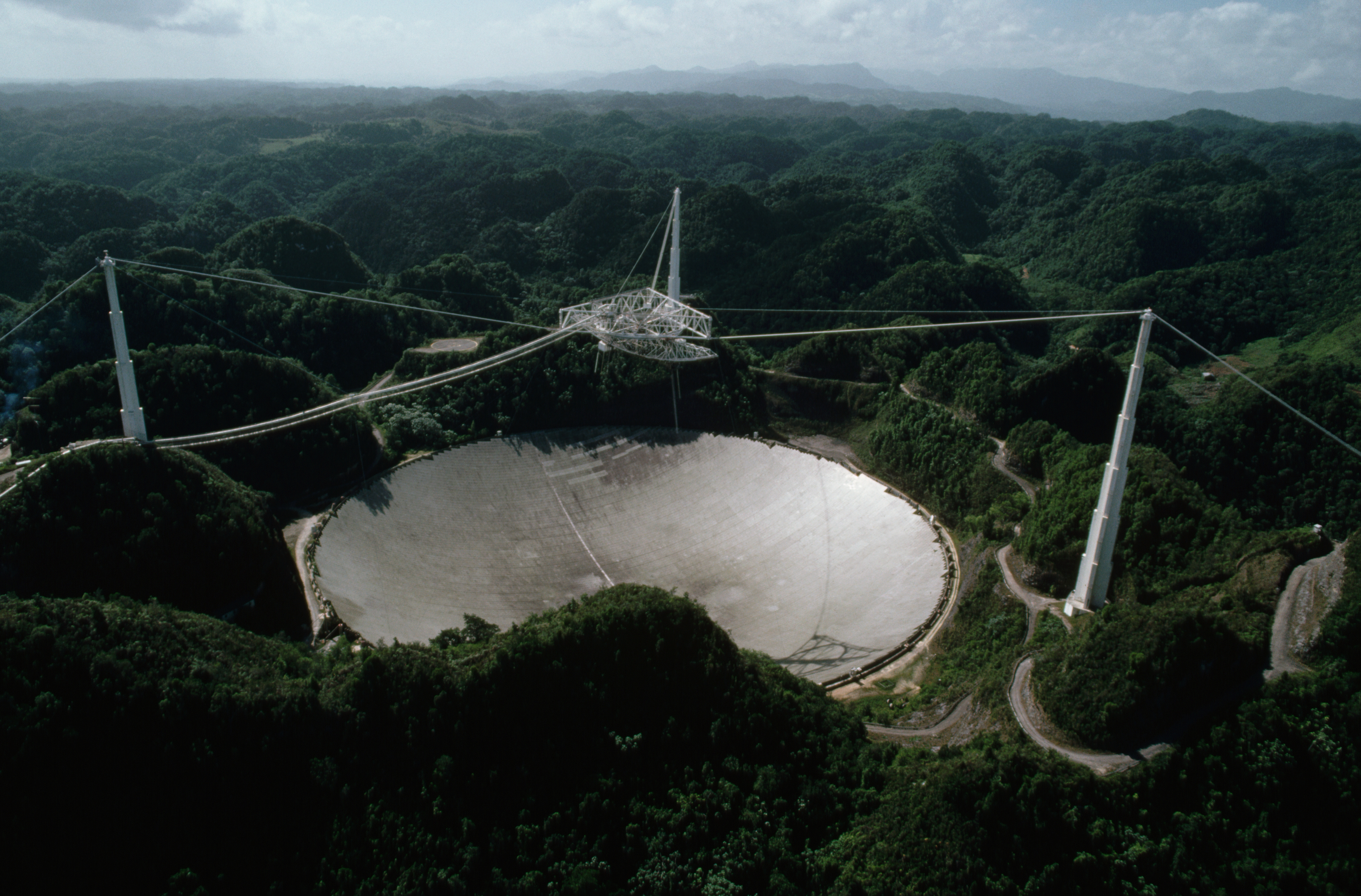

Other research has continued full-steam ahead at Arecibo’s smaller facilities although researchers had been holding into hope that eventually a new radar dish would be built to replace the destroyed one. No injuries were reported during the dramatic event as the site had already been evacuated as part of a larger decommissioning plan. That never happened, however, as the 900-ton platform suspended more than 400 feet over the pop culture–famous dish collapsed just weeks later, destroying the instrument below it. Just weeks after the second cable snapped, the NSF reversed course and announced plans to carry out a controlled demolition of the telescope.

The damage was considerable-but certainly not beyond repair-although the failure of another cable (this one a main cable) in November of that year only compounded the increasingly perilous situation. The drawn-out imperilment of the Arecibo Telescope, a towering source of pride and joy for both the scientific community and for Puerto Rico, began in August 2020 when an auxiliary cable snapped and came crashing down on the massive reflector dish.
#ARECIBO TELESCOPE FULL#
The NSF’s solicitation can be read in full here. Teams seeking to utilize existing scientific infrastructure or proposing for new projects can submit proposals that are complementary to the scope of the new center.” The agency added: “The solicitation does not include rebuilding the 305-meter telescope or operational support for current scientific infrastructure, such as the 12-meter radio telescope or Lidar facility. “A third-party contractor will be responsible for maintenance of the site resources listed above, in addition to grounds maintenance.” Resources available on site include: a learning center, the Ángel Ramos Science and Visitor’s center, exhibition space, laboratory space, auditorium, cafeteria, office space, and dormitories,” the NSF detailed. “The solicitation calls for proposals to manage the education, STEM research, and outreach aspects of the center. In announcing that rebuilding the Arecibo Telescope won’t be revived, the NSF put out a call for proposals seeking interested parties to manage educational programming and outreach at the observatory’s new educational hub. The facility, listed on the National Register of Historic Places, has been operated by the NSF since the 1970s. The facility first formally debuted in 1963 as the Arecibo Ionospheric Observatory with the completion of its 1,000-foot reflector dish, which reigned for decades as the world’s largest single-aperture telescope. Per the NSF, the new educational hub is set to open as soon as next year within existing facilities at the complex, enabling the agency to expand its existing and already robust education and outreach programming at the storied Arecibo Observatory.


 0 kommentar(er)
0 kommentar(er)
